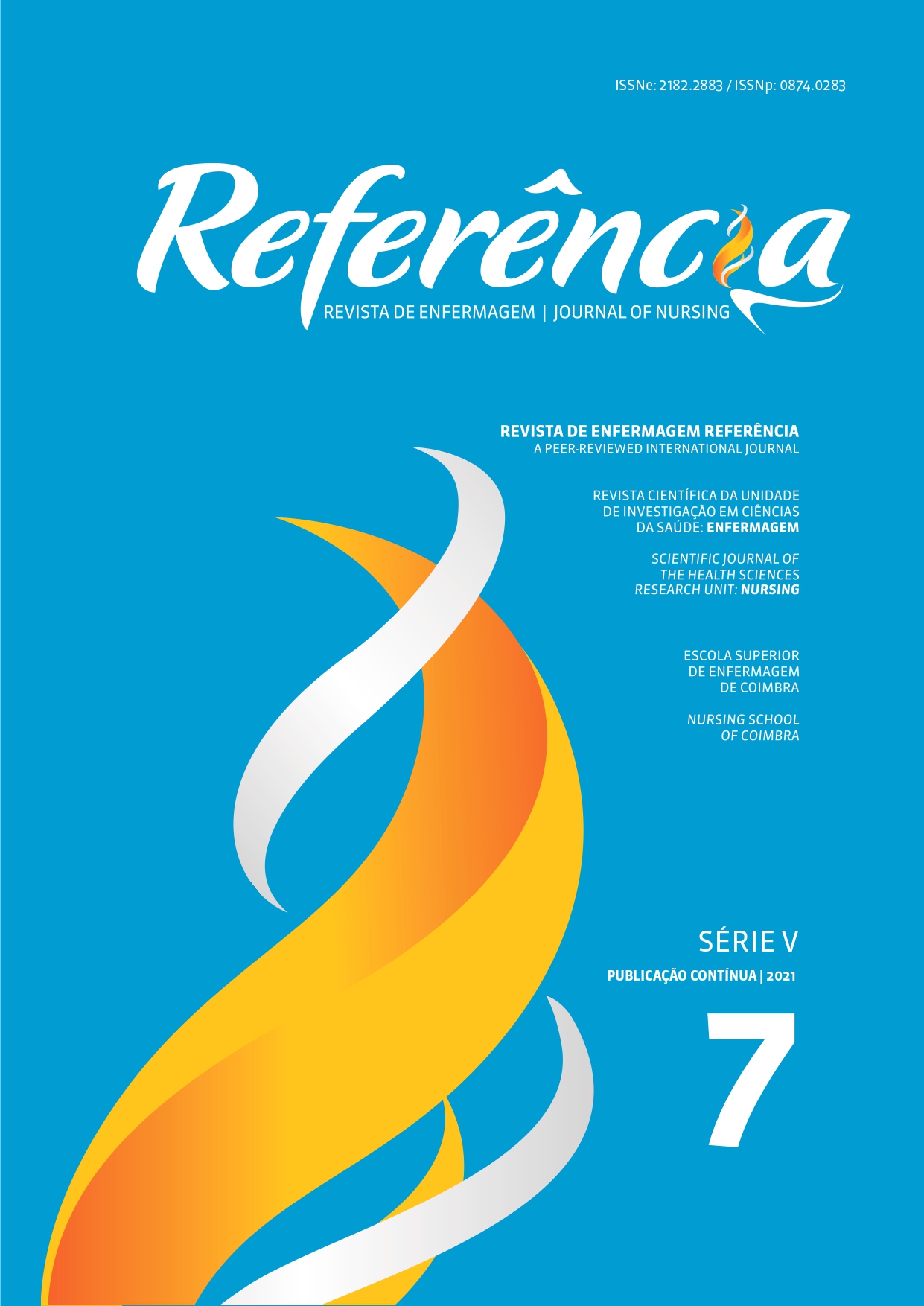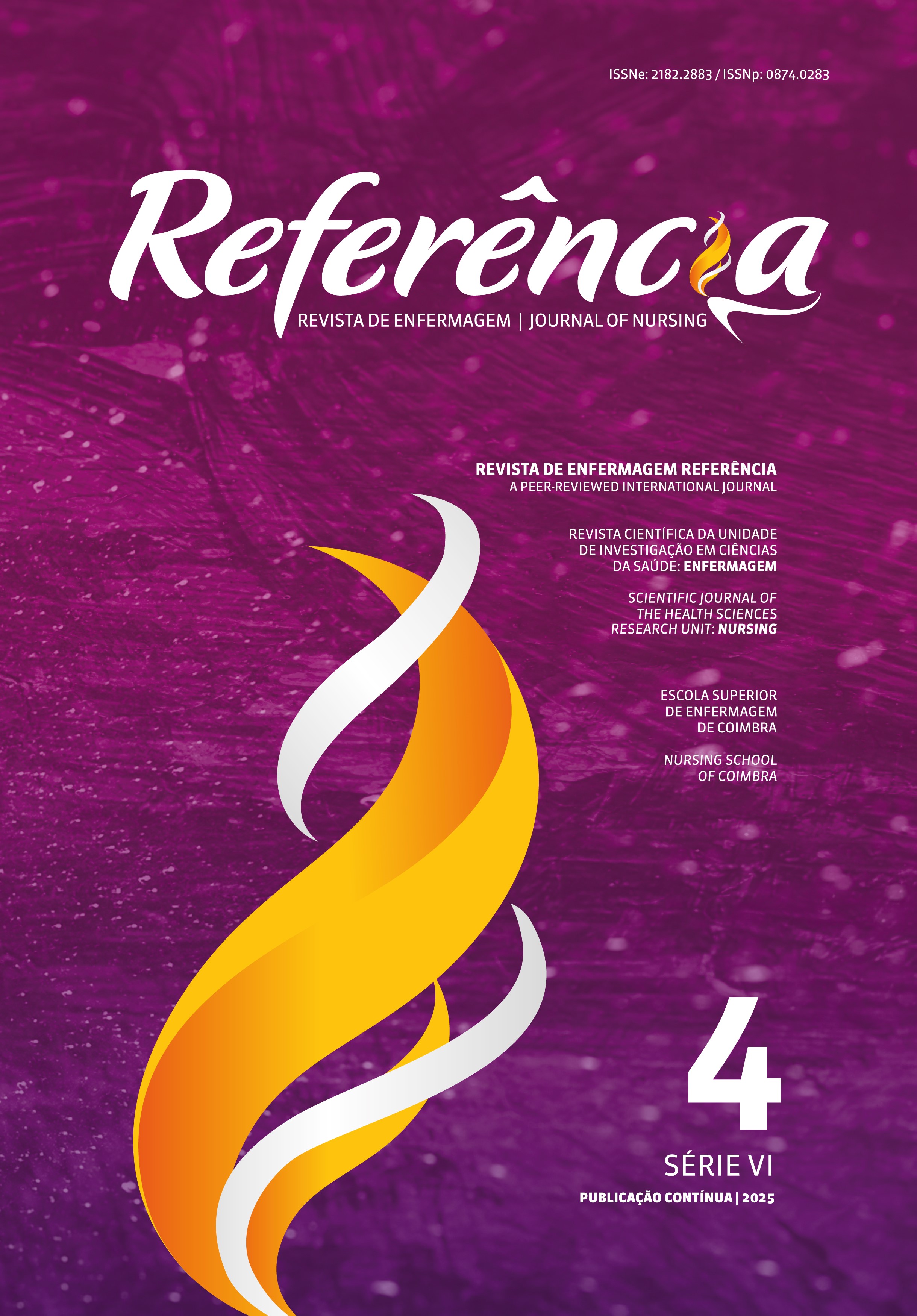Nursing students’ knowledge about basic life support
DOI:
https://doi.org/10.12707/RV20086Keywords:
knowledge, education, nursing, students, nursing, cardiopulmonary resuscitationAbstract
Background: Knowledge about basic life support (BLS) in nursing students involves both technical skills (compressions and ventilations) and non-technical skills (clinical judgment and decision-making).
Objectives: To assess nursing students’ sociodemographic and academic characteristics; to assess nursing students’ theoretical knowledge about BLS and analyze the association between nursing students’ sociodemographic and academic characteristics and their theoretical knowledge about BLS.
Methodology: Observational, descriptive, and correlational study with a sample of 496 nursing students selected using a nonprobability convenience sampling technique in two schools in the central region of Portugal.
Results: Students demonstrated a good level of knowledge about BLS, with an average of 30.93 ± 2.29 on a scale from 0 to 37 points. They had a very good level of knowledge about safety conditions, the technical components of airway assessment, chest compressions, and ventilations. The level of knowledge is associated with age, year of undergraduate studies, and practical experience in BLS.
Conclusion: Students have a good level of knowledge about BLS.
Downloads
References
Barata, V. (2017). Efetividade de um programa de formação em suporte básico de vida dirigido a familiares de pessoas com patologia cardíaca de alto risco. Instituto Politecnico de Leiria.
Charlier, N., Stock, L. Van Der, & Iserbyt, P. (2020). Comparing student nurse knowledge and performance of basic life support algorithm actions : An observational post-retention test design study. Nurse Education in Practice, 43(102714), 1–8. https://doi. org/10.1016/j.nepr.2020.102714
Cooper, S., Cant, R. P., Bogossian, F., Bucknall, T., & Hopmans, R. (2015). Doing the right thing at the right time: assessing responses to patient deterioration in electronic simulation scenarios using course-of-action analysis. Comput Inform Nurs, 33(5), 199–207. https://doi.org/10.1097/cin.0000000000000141
Cunha, V. (2015). Compressoes toracicas em vitimas de paragem cardio-respiratoria. Investigação Qualitativa Em Saúde, 1, 432–437.
Dixe, M., & Gomes, J. (2015). Conhecimento da populacao portuguesa sobre Suporte Basico de Vida e disponibilidade para realizar formacao. Revista Da Escola de Enfermagem Da Universidade de São Paulo, 49(4), 640–649. https://doi.org/10.1590/S0080-623420150000400015
Erlam, G., Smythe, L., & Wright-St Clair, V. (2017). Simulation is not a pedagogy. Open Journal of Nursing, 7, 779–787. https://doi.org/10.4236/ojn.2017.77059
Hernandez-Padilla, J. M., Suthers, F., Granero-Molina, J., & Fernandez-Sola, C. (2015). Effects of two retraining strategies on nursing students’ acquisition and retention of BLS/AED skills: a cluster randomised trial. Resuscitation, 93(1), 27–34. https://doi.org/10.1016/j.resuscitation.2015.05.008
Instituto Nacional de Estatistica. (2012). Censos 2011 – resultados definitivos. Serviço de Comunicação e Imagem.
Kappes-Ramirez, M. (2018). Influence of undergraduate nursing student teaching methods on learning standard precautions and transmission-based precautions: experimental research. Nurse Education Today, 61 (April 2017), 101–105. https://doi.org/10.1016/j.nedt.2017.11.007
Kim, & Ahn, H. (2019). The effects of the 5-step method for infant cardiopulmonary resuscitation training on nursing students’ knowledge, attitude, and performance ability. Child Health Nursing Research, 25 (1), 17–27.
Kim, J., Park, J., & Shin, S. (2016). Effectiveness of simulationbased nursing education depending on fidelity: a meta-analysis. BMC Medical Education, 16 (152), 1–8. https://doi.org/10.1186/s12909-016-0672-7
Lima, L., Morais, T., & Nogueira, M. (2020). O conhecimento da enfermagem acerca do protocolo de reanimacao cardiopulmonar. Revista Científica de Enfermagem, 10 (29), 64–74.
Morais, T., Lima, L., & Nogueira, M. (2019). Parada cardiorrespiratoria: o conhecimento, atitude e pratica de academicos. Revista Científica de Enfermagem, 9 (28), 155–161.
Partiprajak, S., & Thongpo, P. (2016). Retention of basic life support knowledge, self-efficacy and chest compression performance in Thai undergraduate nursing students. Nurse Education in Practice, 16 (1), 235–241. https://doi.org/10.1016/j.nepr.2015.08.012
Perkins, G. D., Handley, A. J., Koster, R. W., Castren, M., Smyth, M. A., Olasveengen, T., … Soar, J. (2015). European Resuscitation Council Guidelines for Resuscitation 2015 Section 2. Adult basic life support and automated external defibrillation. Resuscitation, 95, 81–99. https://doi.org/10.1016/j.resuscitation.2015.07.015
Pestana, M., & Gageiro, J. (2014). Análise de dados para ciências sociais - a complementaridade do SPSS. (Edicoes Silabo, Ed.) (6a). Lisboa.
Santos, A. (2018). Eficácia da formação sobre SBV na melhoria dos conhecimentos e práticas das pessoas e / ou familiares de pessoas em risco cardiovascular. Instituto Politecnico de Leiria.
Santos, E. (2019). Eficácia da formação online na melhoria dos conhecimentos e da autoperceção para iniciar manobras de SBV na população adulta. Instituto Politecnico de Leiria.
Suarez, M., Martinez, C., Isasi, S., Salgado, J., & Garcia, D. (2019). Basic Life Support training methods for health science students: a systematic review. International Journal of Environmental Research and Public Health Review, 16 (768), 1–15. https://doi.org/10.3390/ijerph16050768
Woda, A., Hansen, J., Paquette, M., & Topp, R. (2017). The impact of simulation sequencing on perceived clinical decision making. Nurse Education in Practice, 26, 33–38. https://doi.org/10.1016/j.nepr.2017.06.008






















